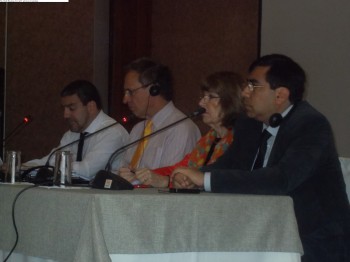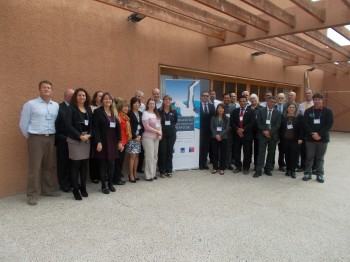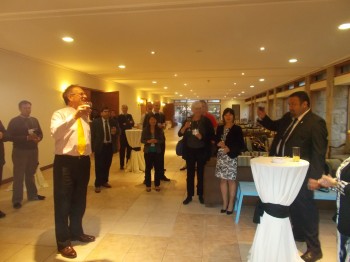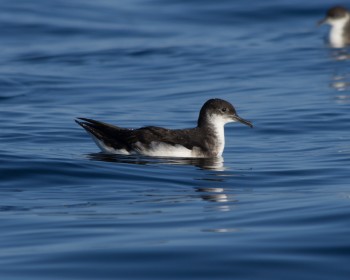To date, 82 illustrated accounts of sites which support a breeding population of at least one ACAP-listed species have been posted to ACAP Latest News since February 2013. All known breeding sites for Argentina, Australia, Ecuador, Mexico, Norway and South Africa have now been covered, including ones with extinct colonies, such as Bouvet Island.
Approximately 50 sites remain to be written up. These include:
Chile: Islas Guafo, Ildefonso, Mocha, Robinson Crusoe and Santa Clara
France: Iles Apôtres, Cochons, de l’Est and Pingouins (Crozet Islands)
Japan: Mukojima (Ogasawara Islands)
New Zealand: Chatham (translocation site), Forty-Fours and Three Kings
Spain: Conills, Espartar, Vedrà and Vedranell (Ibiza, Balearic Islands)
USA: Barking Sands (Kauai), James Campbell Wildlife Refuge (Oahu; translocation site), French Frigate Shoals, Gardner Pinnacles, Lisianski, Ka’ula, Necker, Niihau and Pearl & Hermes Reef
Disputed Territories: Remaining individual islands in the Falkland Islands (Islas Malvinas)*, South Georgia (Islas Georgias del Sur)* and the Senkaku Islands
Antarctic Continent: Remaining colonies of Southern Giant Petrels Macronectes giganteus on and around the Antarctic Peninsula
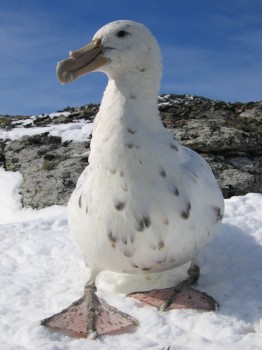
White-phase Southern Giant Petrel on Signy Island (ACAP Breeding Site No. 32), photograph by Michael Dunn
On the second day of its meeting in La Serena, Chile ACAP’s Advisory Committee adopted the report of its Population and Conservation Status Working Group (PaCSWG3), which met last week. The Advisory Committee agreed with its working group that the above and any other identified sites be written up under the guidance of ACAP’s Information Officer, John Cooper and posted to ACAP Latest News by the time of the Tenth Meeting of the Advisory Committee (AC10) next year.
During the PaCSWG meeting offers of help with compiling the outstanding site descriptions came from Patricia Pereira Serafini (Brazil, for Southern Giant Petrels on the Antarctic Peninsula), Verónica López (Chile, Pink-footed Shearwater Puffinus (Ardenna) creatopus), Juan Pablo Seco-Pon (Argentina), Sally Poncet (Falkland Islands (Islas Malvinas)*) and South Georgia (Islas Georgias del Sur)*), Igor Debski (New Zealand), Cristián Suazo (Chile; albatross colonies), Amanda Kuepfer (Falkland Islands (Islas Malvinas)*) and Beth Flint (USA; Hawaiian Islands). French marine ornithologists will be approached seeking support for the outstanding accounts for their sub-Antarctic islands, and, of course, any other volunteers willing to be involved will be welcomed. J.M. "Pep" Arcos of Spain is currently drafting the remaining Spanish accounts for the Balearic Shearwater Puffinus mauretanicus.
Each breeding site account normally includes:
1. A brief description of the locality with its name, locality, size, habitat and vegetation,
2. Information on breeding ACAP-listed species: names, numbers, trends and monitoring efforts,
3. Conservation status: management plan, nature reserve, Important Bird Area and World Heritage Site status and alien control/eradication efforts past, present or planned,
4. Up to 10 or so selected references, and
5. Five to eight photographs with captions showing the locality, its habitats, colonies and ACAP species.
Once the outstanding accounts have been written it is intended that the earlier ones will be updated where necessary and all will be brought together into a single document. It is expected that AC10 will then discuss quite how best to publish an ACAP breeding sites compilation.
Reference:
Cooper, J. 2016. A Proposal to Compile the ACAP Breeding Site Accounts into a Single ACAP Publication. Third Meeting of the Population and Conservation Status Working Group La Serena, Chile, 5 - 6 May 2016. PaCSWG3 Inf 05. 2 pp.
John Cooper, ACAP Information Officer, 11 May 2016
*A dispute exists between the Governments of Argentina and the United Kingdom of Great Britain and Northern Ireland concerning sovereignty over the Falkland Islands (Islas Malvinas), South Georgia and the South Sandwich Islands (Islas Georgias del Sur y Islas Sandwich del Sur) and the surrounding maritime areas.
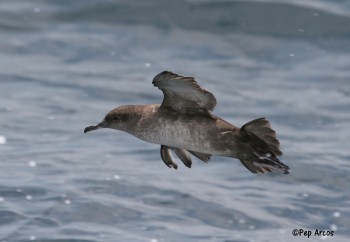

 English
English  Français
Français  Español
Español 
